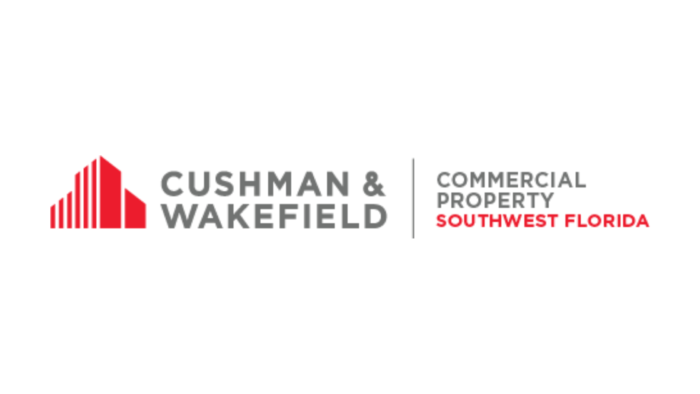By Gary Tasman
We closed 2021 with a discussion on inflation and interest rates, and how we anticipate these factors will influence leasing and development in our market. As we enter the new year with the expectation of slowing economic growth and continued high inflation, we want to take a closer look at how the current economy will influence our working habits—and how commercial property trends will change as a result.
Inflation and Spending
As we know from our own personal finances, people tend to change their spending habits when inflation drives prices higher. We may buy fewer name-brand products, eat out less frequently, and cut back on luxuries like vacations. To manage our expenses long-term, homeowners may even choose to downsize to a smaller house.
Businesses are no different. Inflation forces businesses to also make more prudent buying decisions, spend less opulently, and manage costs aggressively.
For businesses, however, there is an additional complicating factor. Inflation and the resulting increase in the cost of living often necessitates higher pay for workers. For businesses attempting to manage costs, this presents a significant challenge in any inflationary year. Further confounding the matter in 2022 is our tight labor market, in which competitive pay will be vital to attracting new employees and retaining existing ones.
How Workplaces Will Navigate Inflation
With pay cuts presumably off the table, how will employers contain costs while remaining competitive in the marketplace? One of the most obvious cost-cutting measures is to reduce operating costs like rent and utilities. This can be done in one of two ways: either by moving to a less costly facility or by reducing the need for office space altogether.
Business owners leasing high-rent modern office spaces may need to evaluate whether a “Class A” image is vital to their operations. An office in a Class A building gives clients a lasting impression and provides top-notch amenities to employees. However, the operating costs can be prohibitive for businesses that don’t rely on prestige as a differentiator. Businesses will need to determine the importance of their image when evaluating costs.
The second potential method of reducing rent and utilities is to transition to a remote or hybrid workforce—a work structure many of us are already familiar with. Gallup notes that as recently as September 2021, 45% of full-time employees in the U.S. were working at least partly remotely, and more than two thirds of white-collar workers were working from home at least part-time.
Remote and hybrid work can save companies an average of $11,000 per employee over the course of a year, according to Global Workplace Analytics, and the majority of this savings is related to real estate. While it’s unlikely that most employers will switch to a fully-remote workforce, the need for cost management will compel many businesses to switch to a hybrid model to reduce operating costs until the inflation rate stabilizes.
How are you and your business planning to manage through inflation? If your strategy involves changes to your workplace or other facilities, our team of commercial property experts at Cushman & Wakefield | Commercial Property Southwest Florida can help you navigate the options available to you. Contact us by calling 239-489-3600 or contact-us.
